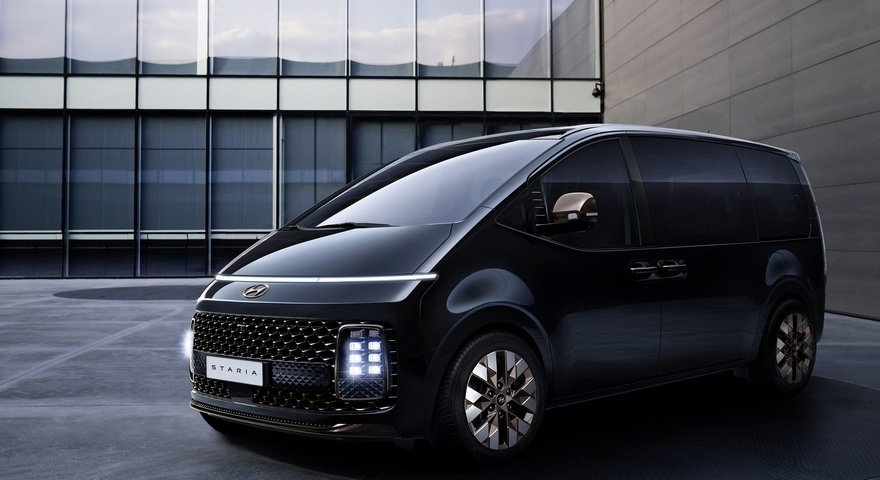Hyundai has established itself as a prominent player in the automotive industry not only through innovation and reliability but also through a distinctive approach to car design. This article delves into Hyundai’s unique design philosophy, key elements that set its cars apart, and the impact of its design approach on the automotive market.
The Evolution of Hyundai’s Design Philosophy
Hyundai’s journey in car design has evolved significantly over the years, reflecting its commitment to innovation and consumer-centric design.
- Early Foundations: Hyundai’s early car designs focused on functionality and affordability, catering to practical consumer needs in the Korean market.
- Shift Towards Global Appeal: As Hyundai expanded globally, its design philosophy evolved to incorporate international design trends while maintaining a distinct identity rooted in Korean heritage.
- Fluidic Sculpture Era: Introduced in the early 2010s, Hyundai’s Fluidic Sculpture design language emphasized fluid lines and dynamic forms, setting its cars apart with a sense of motion and sophistication.
- Sensuous Sportiness: Hyundai’s current design philosophy, “Sensuous Sportiness,” combines emotional design elements with sporty aesthetics, focusing on creating cars that evoke an emotional response from consumers.
Key Elements of Hyundai’s Unique Design Approach
Hyundai’s unique design approach is characterized by several key elements that distinguish its cars from competitors.
- Bold and Dynamic Design: Hyundai’s cars feature bold design elements such as cascading grilles, sharp character lines, and sculpted surfaces that enhance visual appeal and aerodynamic efficiency.
- Integration of Technology: Hyundai seamlessly integrates advanced technologies into its designs, including LED lighting signatures, touchscreen infotainment systems, and driver-assist features, enhancing both functionality and aesthetics.
- Attention to Detail: Hyundai pays meticulous attention to detail in its interior and exterior designs, using high-quality materials and ergonomic layouts to create comfortable and luxurious environments for drivers and passengers.
Also Read : Spacious and Stylish: Hyundai’s Family Car Designs
Impact of Hyundai’s Design Approach on the Market
Hyundai’s unique design approach has not only resonated with consumers but has also influenced the automotive market in significant ways.
- Enhanced Brand Image: Hyundai’s commitment to innovative design has bolstered its brand image, attracting a broader range of consumers including younger demographics and design-conscious buyers.
- Global Recognition: Awards and accolades for design excellence, such as the Red Dot Design Awards and iF Design Awards, highlight Hyundai’s impact on global automotive design standards.
- Competitive Advantage: Hyundai’s distinctive designs give it a competitive edge in the crowded automotive market, allowing it to differentiate itself from competitors and capture market share.
Case Studies of Iconic Hyundai Models
Several Hyundai models exemplify the brand’s unique design approach, showcasing innovation, style, and functionality.
- Hyundai Sonata: The Sonata has been a flagship model known for its bold design language and technological innovations, appealing to consumers seeking a blend of style and substance.
- Hyundai Tucson: The Tucson stands out with its distinctive cascading grille, sleek profile, and advanced features, making it a popular choice in the competitive compact SUV segment.
- Hyundai Kona: As Hyundai’s entry into the subcompact SUV market, the Kona combines youthful design cues with practicality, attracting urban consumers looking for a stylish and versatile vehicle.
Future Directions: Hyundai’s Vision for Car Design
Looking ahead, Hyundai aims to continue pushing boundaries in car design, focusing on sustainability, connectivity, and autonomous driving technologies.
- Electric and Autonomous Vehicles: Hyundai’s investment in electric vehicles, such as the Ioniq 5 and upcoming models under the E-GMP platform, reflects its commitment to sustainable mobility solutions without compromising on design and performance.
- Advanced Connectivity: Integration of smart technologies and seamless connectivity features will redefine the driving experience, making Hyundai cars more intuitive and user-friendly.
Conclusion
In conclusion, Hyundai’s unique car design approach epitomizes a blend of innovation, style, and consumer-centricity. From pioneering design languages like Fluidic Sculpture to the current “Sensuous Sportiness” philosophy, Hyundai continues to set trends and redefine automotive design. As Hyundai looks towards the future, its commitment to creating cars that are not only functional but also emotionally appealing ensures its position as a leader in the global automotive industry.
This article provides a thorough exploration of Hyundai’s unique approach to car design, offering insights into its evolution, key design elements, market impact, iconic models, and future directions. It aims to inform and engage readers interested in automotive design trends, innovation, and the strategic positioning of Hyundai in the competitive automotive market.
(source)
Originally posted 2024-07-04 03:29:23.
